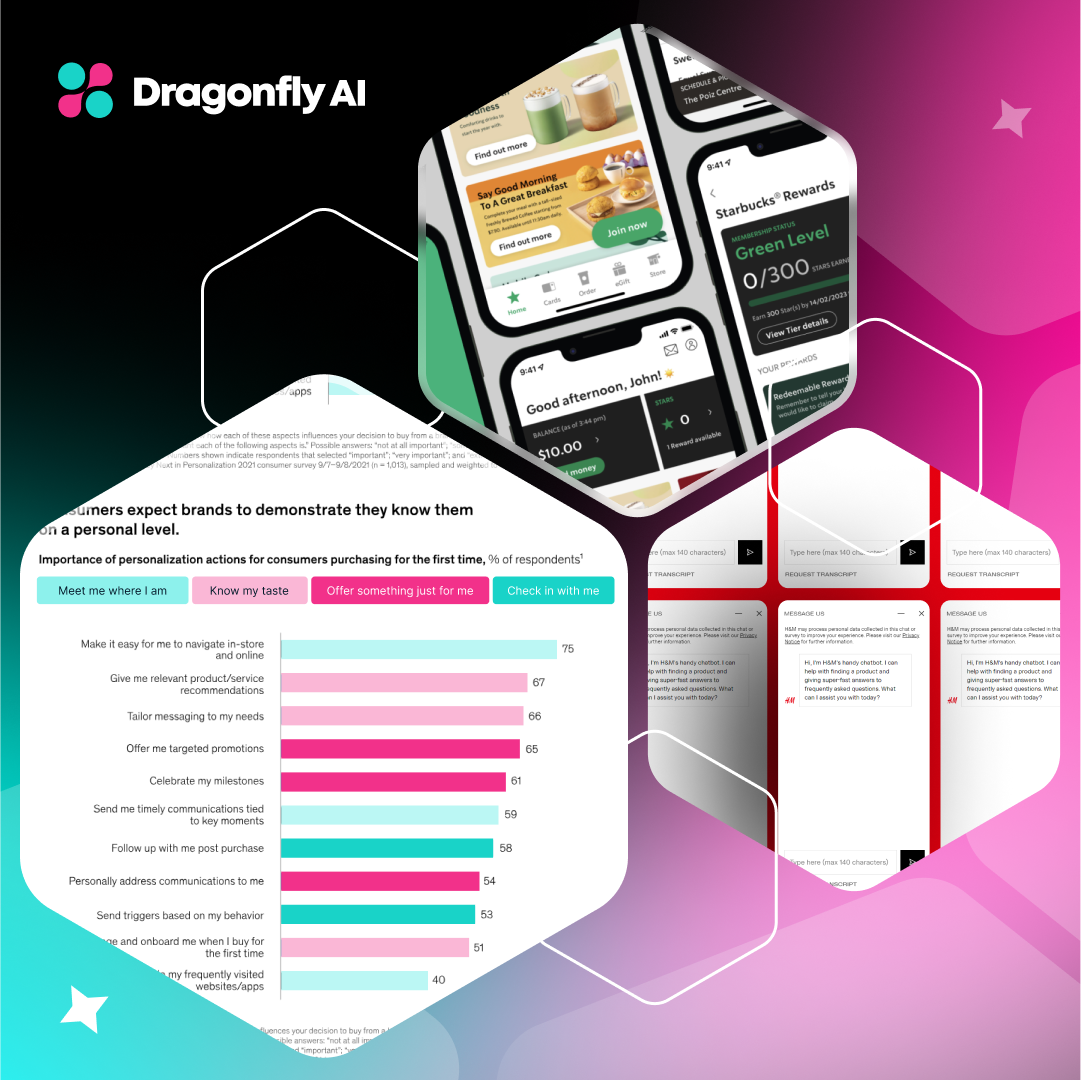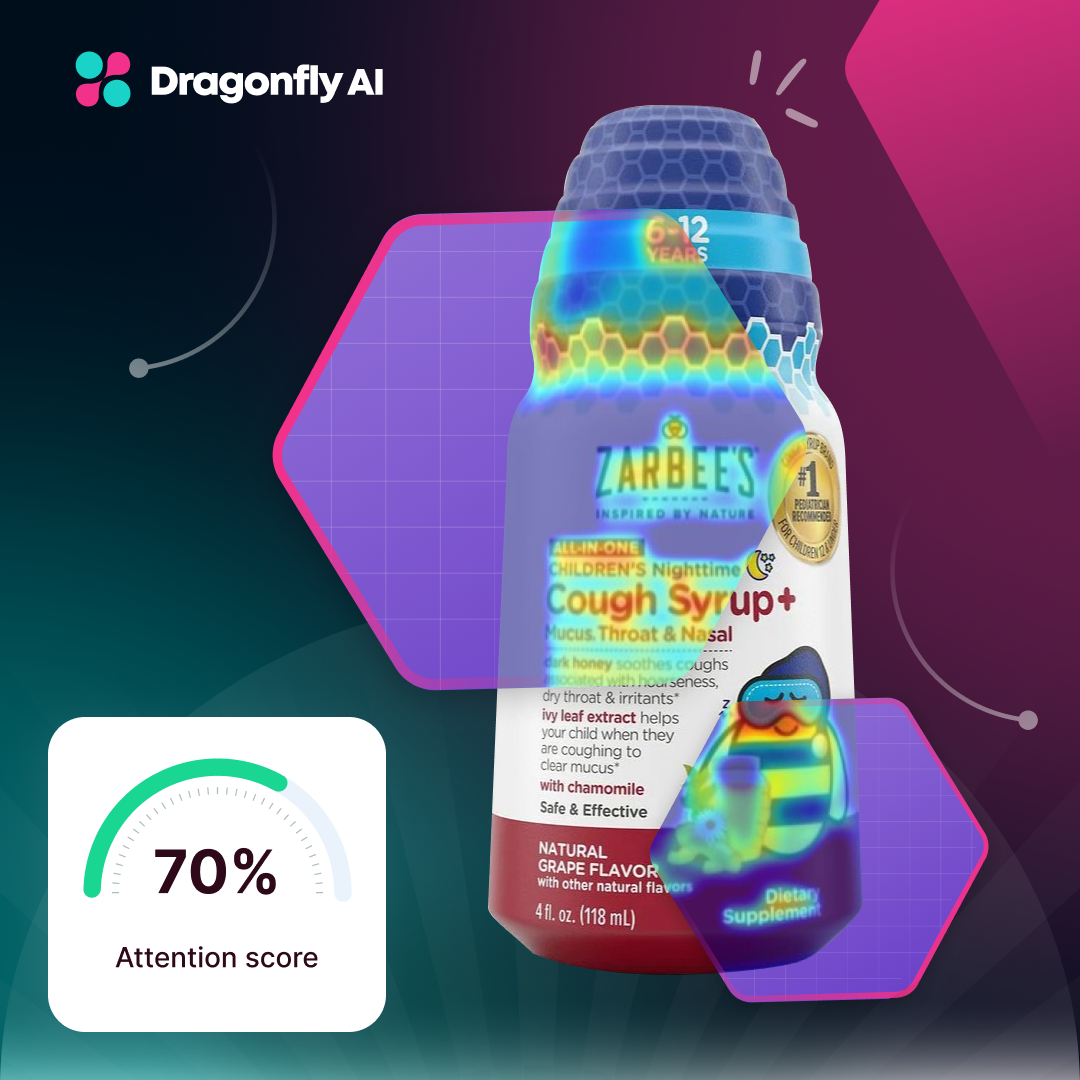AI is hurtling through industries like wildfire and the creative industry is especially susceptible to its reach. Technical expertise is no longer a barrier with AI stepping up to connect people to their creative outputs and giving more individuals the opportunity to work in the industry.
There is also a much more effective way to work now that creatives can lean on AI, from making data-driven decisions on designs to minimizing the grunt work that would historically take their attention away from the actual creative space.
This is not about AI dominating the industry but how it can work with the brilliant humans within it to create better quality at a higher speed. Collaboration is the key for creatives to accelerate their careers because without integrating AI into their workflows, there is a danger they will be left behind.
The Shifting Creative Landscape with AI
Across creative industries such as art, music, design, and writing, AI is having a massive impact. In art, algorithms analyze patterns, colors, and styles, inspiring artists to push the boundaries of their imagination. Musicians find harmony with AI-generated compositions, seamlessly blending machine precision with human emotion. Designers explore new frontiers as AI suggests avant-garde concepts, turning ideas into visual masterpieces. Writers, too, benefit from AI's ability to generate ideas, freeing them to focus on the more nuanced art of human narrative.
The synergy between AI and human creativity increases efficiency and productivity. AI's ability to process vast datasets opens new avenues for inspiration, leading to new avenues of originality. Collaborations can break barriers of time and space as artists connect with AI for a more effective creative production process.
What does this mean for creatives?
New levels of insights for clear optimization coupled with simple tools that run ideation, diversify concepts and free up time from the repetitive tasks that could otherwise be automated. It also opens up an arena of validating designs with data.
Is the new packaging going to win attention on shelf? Is a question that can be easy to answer with clear parameters and predictions.
.png?width=1280&height=700&name=Blog%20image%201%20(8).png)
AI's Role as a Creative Assistant
AI serves as a valuable assistant in various creative fields by providing new perspectives and capabilities. For example, AI-powered tools can analyze vast amounts of data to suggest design trends or use machine learning algorithms to propose novel combinations of colors, shapes, and patterns that might not be immediately obvious to the human eye.
Several platforms and tools have been developed specifically to bridge the gap between AI and creativity. Tools like Adobe Sensei leverage AI to streamline complex design tasks, enabling graphic designers to focus more on the creative aspects of their work. Another example is OpenAI's GPT-3, a language prediction model that assists writers in generating creative content, from poetry to marketing copy, by providing suggestions or completing portions of text.
The integration of AI is being actively utilized by artists, designers, and writers around the world. For instance, the artist Refik Anadol uses machine learning algorithms to create data-driven art installations that transform large datasets into immersive visual experiences.
Novelist Robin Sloan used an AI program to suggest turns of phrase and ideas for his book "Sourdough." This partnership with AI allowed Sloan to explore narrative paths he might not have considered otherwise.
.png?width=1280&height=700&name=Blog%20image%202%20(10).png)
The Grid uses AI to assist web designers by suggesting layouts, color schemes, and even content placement based on user preferences and behavior, effectively becoming a co-designer in the process.
In these real-world applications, AI acts more like a collaborator and works in tandem with human creativity.
Bridging the Gap Between Data and Imagination
In fields like fashion design, AI systems analyze current trends, historical data, and consumer preferences to suggest new design elements or styles. This data-driven approach provides a rich, informed basis for creativity. It takes the commercial headache out of imagination by proffering a shortcut, so that there aren’t restrictions to creativity but support beams.
The true power of AI in creativity lies in its capacity to inform and guide creative decisions. AI-driven data analysis can reveal insights about audience preferences, market trends, and even emotional responses. These insights empower teams to reach their consumers exactly where they are in their path to purchase. For instance, in advertising, AI tools analyze consumer engagement and feedback, helping marketers fine-tune their campaigns for maximum impact and resonance with the target audience.
Data-driven creativity, powered by AI, has led to several innovative outcomes across various industries. A notable example is the use of AI by music streaming services like Spotify. By analyzing listening habits and genre preferences, Spotify’s AI curates personalized playlists for its users, not only enhancing user experience but also uncovering new music trends and artist discovery. This is something that people look forward to and actively engage with at the end of the year, it describes individual stories through music preference.
When it comes to visual arts, Google’s DeepDream generates surrealistic images by interpreting and enhancing patterns in photographs using a neural network.
Although AI’s role in Hollywood has been controversial, we have to mention AI’s role in film editing. IBM's Watson analyzed the script, visuals, and audio of the horror movie 'Morgan' to create a trailer. The AI's ability to understand and process the film's most suspenseful moments showcased how data-driven insights could be used to make creative decisions traditionally reserved for human intuition.
By bridging data and imagination, AI is enabling a co-creation space of knowledge and creativity, leading to outcomes that are as innovative as they are insightful.
Overcoming Creative Challenges with AI
76% of Americans say that AI-generated art shouldn’t be considered art whilst 65% of artists have used text-to-image AI to brainstorm new ideas.
AI has proven to be an invaluable addition to creative toolboxes as people leverage it to solve challenges such as writer's block. AI can support in pulling ideas together, being the bridge between imagination and execution, or even offering up alternative solutions when in a design dilemma.
Ideation is a painstaking task, one that requires mental stimulation to be powered on. Sometimes you just don’t have it and need something to help jostle the brain a bit. When it comes to creating written content, copywriters or authors can lean on it for structures, rephrasing, and especially research.
The most common problem in most people’s workday is a lack of the most unattainable resource, time. AI can remove those blind spots, reduce hours of work, and clarify decisions by injecting alternatives into the process.
For example, if you’re brainstorming messaging for a new product launch instead of joining a meeting empty-handed – throw some prompts into an AI tool and get the brain juices flowing. Minimize time spent whilst not taking away from the human creativity impact.
.png?width=1280&height=700&name=Blog%20image%203%20(9).png)
The Ethical and Artistic Dimensions
Now, this does not eradicate the ethical considerations at all, because that plays an increasingly important role in creative collaboration.
AI is disrupting the creative industry but it cannot be creative, this is where the line stands. But, there are several concerns that it will ultimately dilute creative offerings on a global scale so that we’re all being fed content by a machine.
In a secondary camp, there are considerations about tech-created content becoming so commonplace that humans can expect a premium thanks to their ability to tap into emotional and cultural nuances.
And finally, there is the most likely, which is that AI and creative professionals collaborate to level up what they can offer and add even more value to consumers.
There are, naturally, questions surrounding authorship, ownership, and authenticity. This pushes new limits on what the definition of authorship looks like. Did the author who prompted the AI and signed off the work meet the demands of the ‘author’ or was it the ‘author with support’? Intellectual property rights have, up until now, been fiercely human. However, there are legal and ethical questions around this as AI becomes more and more independent. It isn’t as simple as ‘well it’s a tool and you wouldn’t give a hammer recognition’ because of the sheer capability of AI.
‘In the ever-evolving landscape’.... is a classical Chat GPT intro, slowly but surely as humans engage more with AI tools, they are learning the loops they utilize within their support roles. This is why it is so important to maintain authenticity through human input.
There is no rule book that makes this more challenging, but integrity within creative work should remain the priority. AI can assist in testing, scaling, and optimizing but at the end of the day, the human imagination is the driver behind it all.
The Future of Creative Collaboration
The speed at which AI has exploded across all industries is next level. We were not prepared for how quickly it became part of the process. Now that it is firmly cemented in what so many of us do, looking to where it might take us next is an important consideration.
Enhance Co-Creation
AI could become even more adept at mimicking human creative processes which could lift collaboration between tech and humans even higher as it would be able to offer even more initiative and be trained in a more effective way.
H3: Personalized Creative Tools
You can already train models of AI tools to contribute to a particular preference or style of a creator. Tailor-made creative assistance would return some of the authenticity to the process that so many are currently lacking in their collaborations with AI.
Ethical Creativity
Ethics is a big one. Dr. Hamit Soyel raised it in a recent discussion about super intelligence, it is such a defining part of AI as it moves forward but something that has not yet caught up to the speed of AI deployment which leaves this point as a really critical one in future years. It would be great to train AI tools to pick up on plagiarism and challenge any work that isn’t original.
Expansion into New Creative Worlds
Virtual reality, interactive media, and game design are next for AI which would mean more opportunities to create complex virtual worlds.
Emotional Depth
There have been many predictions about emotion being the next part of AI’s roadmap. If AI were to have the ability to replicate human emotions and develop more conceptual thinking it would be instrumental in contributing to creative that has more impact or is more profound.
Conclusion
The keywords that come to mind when you think about AI should be; synergy, collaboration, co-create, team up, or co-develop. AI is a tool to make the human more efficient and effective.
However ethical frameworks need to be developed moving forward to ensure that the relationship between imagination and tools remains clear. Without boundaries across this moving forward, there is the risk of falling into multiple traps such as; bias, privacy violations, lack of accountability, misinformation, loss of trust, and more.
Establishing a creative process that empowers you to leverage AI in ways that will elevate what you create is the most important thing. Don’t be afraid to try new tools, ask questions, and follow leaders in the field who actively share which tools they’ve used and recommend.
The most important movement for AI is that it grows in a way that will support the human rather than override it. It’s all about co-creation between machines and humans.


.png?width=1280&height=700&name=Blog%20image%201%20(8).png)
.png?width=1280&height=700&name=Blog%20image%202%20(10).png)
.png?width=1280&height=700&name=Blog%20image%203%20(9).png)
